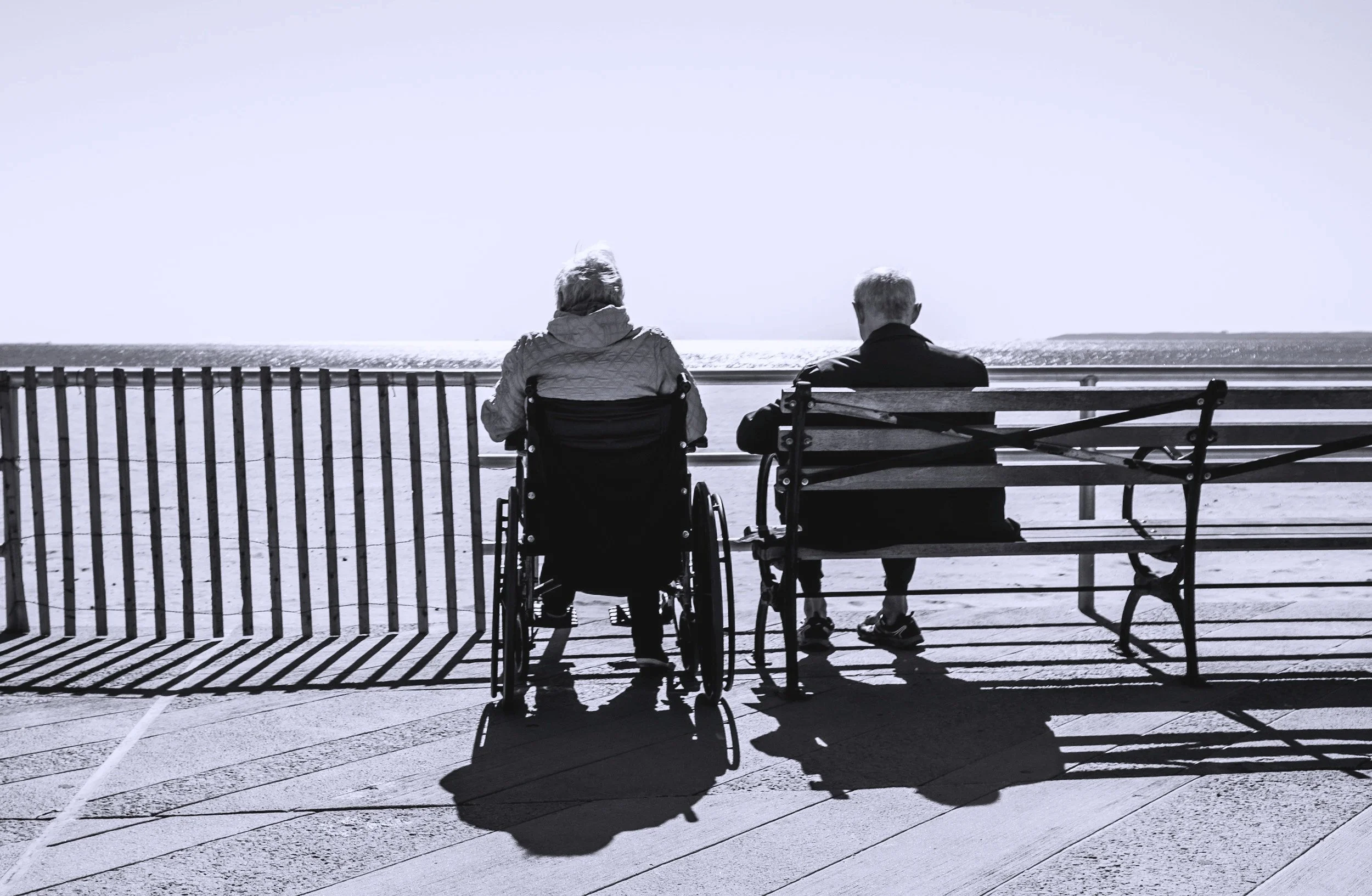Ageism: A Guide To Talking About Aging
What is Ageism?
Ageism refers to the unfair treatment of some one based on their aging.
It can refer to the discrimination (how we act), stereotype ( how we think) or prejudice (how we feel) against someone based on age.
Types of Ageism
Internalized Ageism
How we feel about ourselves as we get older, even to the extent that old people discriminate against other older people.
Interpersonal Ageism
Ageist comments and behaviors that occurs when two people interact. It can be implicit or explicit, of negative or positive intent, but still based on stereotypes about another age group. Examples include:
Benevolent Ageism: Paternalistic beliefs that the elderly needs to be protected, as well as positive stereotypes such as referring to the elderly as cute.
Elderspeak: Addressing the elderly as if they do not have autonomy over their own decisions, such as speaking in a higher pitch or slower.
Cultural Ageism
The everyday, invisible, ingrained and normalized negative messages about aging and the elderly in the media.
Institutional Ageism
Discriminatory regulations, policies or practices imposed by public or private institutions.
Societal Ageism
Age-based discrimination that manifests in social institutions that influences the broader societal views of aging and elderly individuals
How Ageism Shows Up?
Agism is one of the most accepted widespread forms of discrimination.
Ageism can impact us at any age, it shows up when we (whether as a society or an individual) rely on aged-based stereotype to make a judgement about someone. Ageism manifests in various subtle and overt ways across society, from workplace discrimination where older employees are passed over for promotions or training opportunities to everyday interactions that dismiss their contributions or question their abilities. It appears in media portrayals that stereotype older adults as frail, forgetful, or technologically inept, reinforcing negative biases. Healthcare settings may also reflect ageism by providing less aggressive treatments or attributing symptoms solely to "old age" without proper investigation. Ageism is also common in marketing and advertising where only 5% to10% of marketing budgets are targeting those aged over 50. are These patterns not only limit opportunities but also degrade the social value and self-esteem of aging individuals, perpetuating a cycle that undermines their full participation in society.
How Does Ageism Impact Us?
“The single most important factor in determining longevity—more
important than gender, income, social background, loneliness or
functional health—is how people think about and approach the idea of old age”
A 2020 poll showed that 82% of adults aged between 50-80 encounters ageism on a daily basis, in fact those who facing multiple forms of discrimination is more likely to have chronic health issues and depressions. Furthermore, Ageism intersects with other forms of ableism such as racism, sexism, ableism. This combined with ageism compounds the negative effects for individuals.
Those who maintain a positive self-perception of aging are likely to live up to 7.5 years more than those who hold a negative view and likely to experience better health outcomes.
Breaking Stereotypes about the Elderly
Stereotype 1: Older Adults are wealthy.
This is actually not the case at all. According to Oxfam, it is estimated that one in two older adults live in poverty in Hong Kong.
Stereotype 2: Older Adults are all retired and do not contribute to the labor force.
Hong Kong’s labor force participation of elders is estimated to be around 13.9%, according to Oxfam. With polls suggesting that a majority of Hong Kong’s future elders plan to work past the government retirement age of 65.
Stereotype 3: Older adults are depressed and alone.
Depression is not a normal consequence of aging. However, some individuals may find themselves feeling more isolated and alone. It is important to know that older adults with depression may have less obvious symptoms, so its important to look out for them.
How Can We Be More Inclusive Towards the Elderly?
Practice active, empathetic listening. It is important to communicate respectfully and avoid condescending language, after all, no one likes to be spoken to in a patronizing tone.
Recognize the value that the elderly brings to the table. Older adults are contributing members of society, with years of wisdom and experience to give. Just because, they are now older are retired does not mean that the knowledge they possess disappears.
Inclusive design in products are also key. Inclusive design promotes personal autonomy, safety and independence, something that everyone wants. By having inclusive designs it means that older adults can also experience this despite of age-related changes in vision, mobility and hearing.
Sources:
https://asaging.org/wp-content/uploads/2025/09/Ageism-Awareness-Day-Fact-Sheet-2025.pdf
https://www.nia.nih.gov/health/healthy-aging/10-common-misconceptions-about-aging

